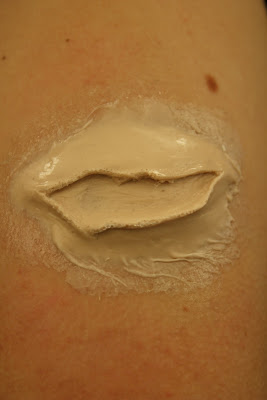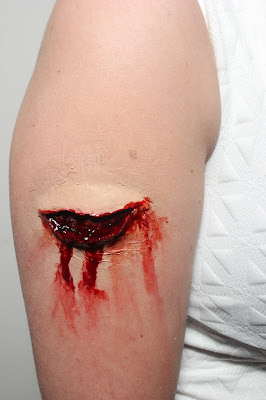| http://www.skyhdwallpaper.com/wp-content/uploads/2014/11/ornate-horned-frog.jpg |
| http://f.tqn.com/y/exoticpets/1/W/Y/S/1/AC3272-001.jpg |
- The Ornate Horned Frog are quite large and very colourful - They tend to be green with dark red to black markings along their backs.
- Females are slightly larger than males and may weigh up to one pound - They measure about 5.5 inches (14 cm) from snout to vent.
- They have vomerine teeth (teeth on the roof of the mouth), as well as the outside of the jaw.
- Horned frogs are large bodied frogs that are so called because of their fleshy horn-like upper lids above their eyes.
- They have large mouths that seem too large for their bodies in comparison to their legs and front arms.
- Horned Frogs can live up to 10 years with appropriate care, but average at about 6-7 years generally.
Habitat
- Ornate Horned frogs can be found in Northern Argentina, Brazil and Uruguay.
- They burrow into leafy muddy vegetation of the Tropical Forest floor.
- They hibernate for up to six months in dry conditions while waiting for the rain.
Diet
- They eat large insects.
- Small Vertebrates - lizards, mice and other frogs.
- They are passive hunters and wait for food to come near before attacking them.
Fact
Resources Used:
- http://www.theamphibian.co.uk/horned_frog_care_sheet.htm
- http://nationalzoo.si.edu/animals/reptilesamphibians/facts/factsheets/ornatehornedfrog.cfm










































